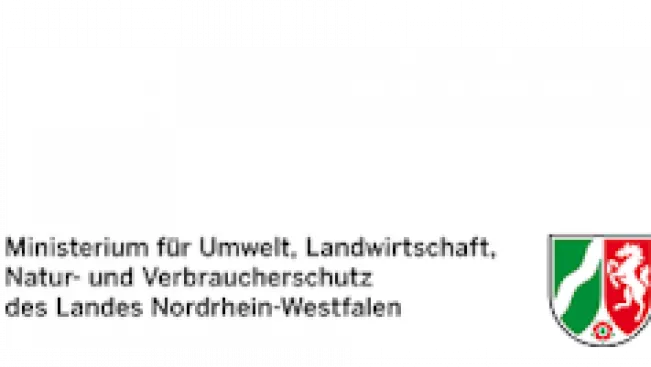GARRULUS
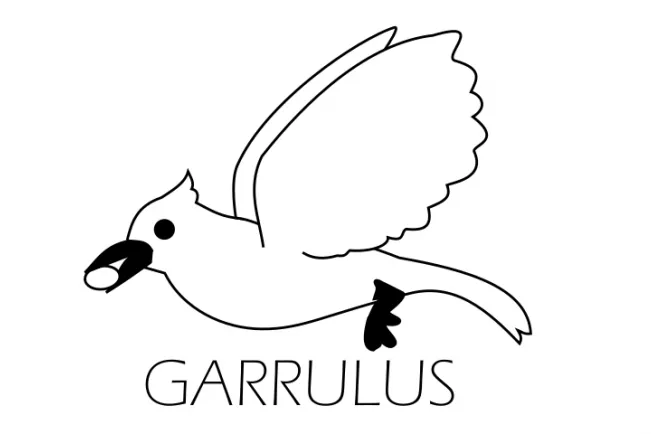
Research project at a glance

Funding type
Period
01.07.2021 to 31.12.2026
Website
Project Description
Problem
The increasingly frequent climatic extremes and high pest pressure have led to dieback and loss of vitality in the main tree species in Germany in recent years. The common spruce (Picea abies (L.) Karst.) in particular has suffered extensive damage as a result of storm Friederike in spring 2018, the subsequent multi-year drought period and a mass proliferation of bark beetles (Ips typographus, Pityogenes chalcographus). In Northrhine-Westphalia, 50% of all spruce stocks are considered lost. As a result, around 135,000 hectares of damaged areas need to be replanted.
As a result of the National Forest Summit 2021, it was noted that an average of €8,979 per hectare was paid in subsidies for the reforestation of 2,673 hectares between January 2020 and March 2021. Depending on the applicant, this corresponds to 40-90% of the total costs incurred for reforestation. According to a study based on satellite data, a loss of 501,000 ha of canopy cover was recorded in Germany as a result of the 2018-2021 calamity years. The Agency for Sustainable Raw Materials (Fachagentur Nachhaltige Rohstoffe - FNR) also assumes this level of damage. According to a risk analysis by the Thünen Institute, the forest stands on a further 2.85 million hectares (25% of the forest area) are considered particularly sensitive to drought or drought events due to their tree species composition.
The measures taken by the forestry sector to contain the damage caused by the bark beetle will probably only be effective in some areas due to the high population density. In order to secure the forest functions with their diverse protective mechanisms, reforestation with tree species appropriate to the location must take place. The professional restoration of a healthy, sustainable forest stand, taking into account nature conservation and FSC (Forest Stewardship Council) requirements, is an unprecedented challenge for forest owners and forest administrations. Bottlenecks in seed and planting material, as well as in the areas of personnel and finances, are already becoming apparent. Restoration is also associated with immense funding expenditure for the Ministry of Environment, Agriculture, Conservation and Consumer Protection of the federal state of Northrhine-Westphalia. Therefore, possibilities for savings, increased efficiency, extensification and success monitoring must be examined.
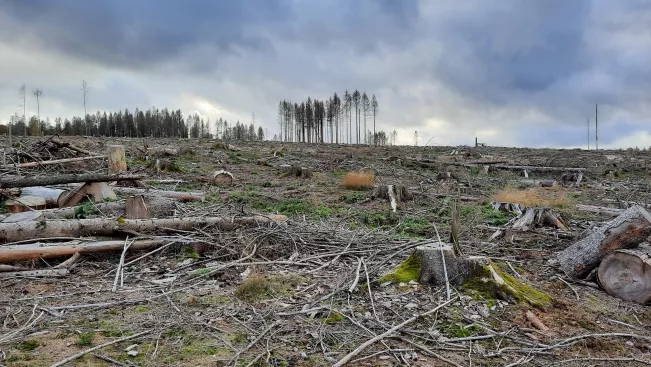
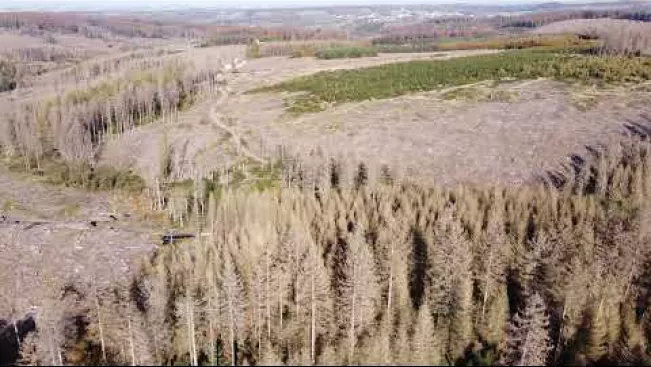
Our approach in the Garrulus project
The aim of the “Garrulus” project is to develop fast, reliable and cost-effective methods for the reforestation and monitoring of damaged German forest areas. The direct seeding of trees offers the seedlings site-adapted growth and enables resilient trees to grow. As forest seeding material is only available to a limited extent, sowing should be targeted at micro-locations with the best possible conditions. Innovative technologies such as unmanned aerial vehicles (drones) and artificial intelligence should make the efficiency and effectiveness of direct seeding viable through precise seed planning, targeted drone seeding and subsequent health monitoring.
The project distinguishes itself from existing methods of drone direct seeding by taking a scientific approach to key aspects. In particular, the correlations between macro and micro site factors, methodological procedures and the choice of seed carrier and germination and establishment rates require systematic testing. The intended air-assisted direct seeding method, which is to be further developed as part of this project, aims to increase seed efficiency. The method is intended to place the seed precisely into the soil so that mineral soil contact is established. Furthermore, this project aims to develop a surveying system based on unmanned aerial vehicles that comprehensively analyzes the area before sowing and supports seed planning. It will also be used to measure the success of establishment and monitor the growth of young plants.
To achieve this goal, a custom-built sensor payload is developed and attached to the drone, which is capable of capturing various types of data at high resolution. High-resolution 3D maps and digital twins will also be created to capture and represent the forest floor with centimeter accuracy.
The high-resolution data collected is used to develop state-of-the-art artificial intelligence systems capable of analyzing the forest floor in detail, i.e. recognizing, classifying and segmenting objects including vegetation. From this, site characteristics (e.g. soil moisture content) are estimated and analyzed for planting new seeds in suitable locations for reforestation.
We hope that this work will contribute to sustainability and adaptation to climate change through reforestation by providing the public and the forestry industry with knowledge about forest conditions and helping them to make decisions about rapid, reliable and cost-effective reforestation.
Towards this goal, we work together with the staff of the Center for Forest and Wood Management (Zentrums für Wald und Holzwirtschaft - Arnsberg).
Results
Some interim results of our research are shown here together with sample aerial images from the drone.
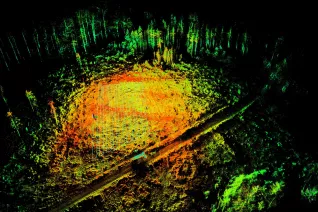
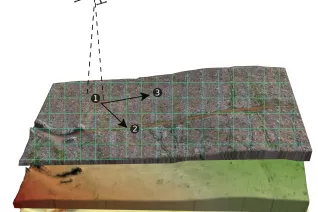
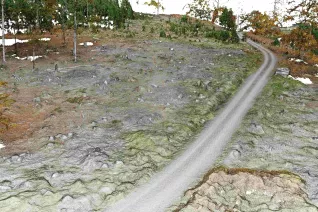
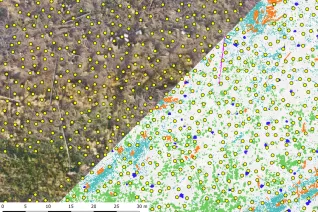
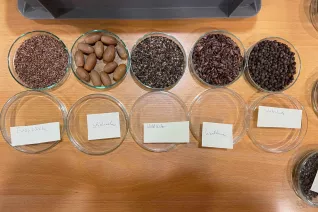
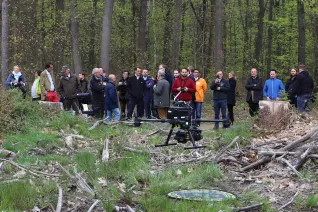
Research associates
Cooperation partners

Sponsors
